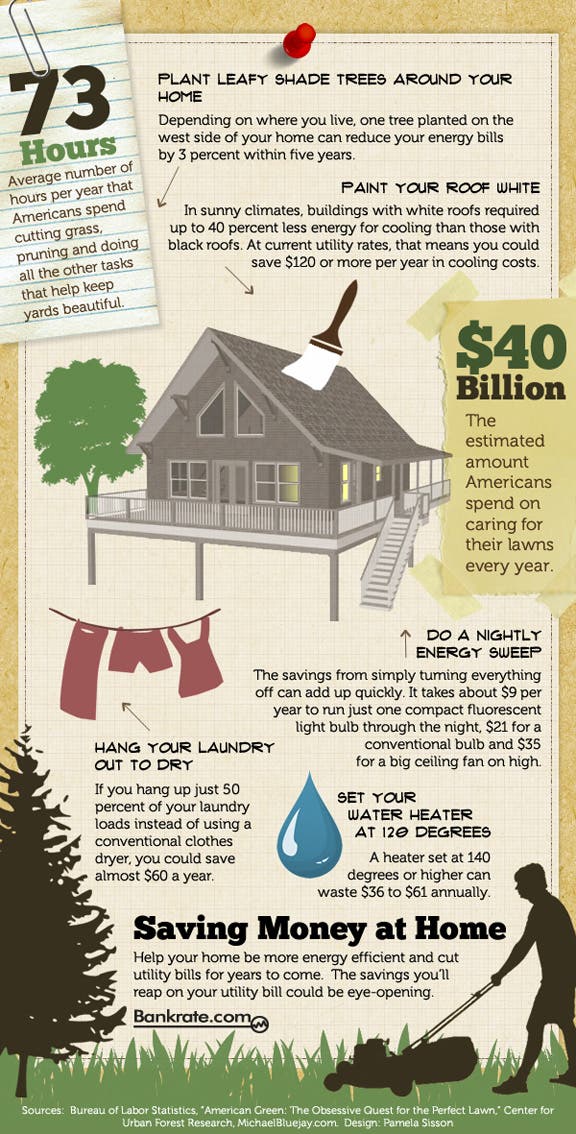Post-Tree Removal Maintenance: Reliable Methods For Landscape Remediation
Post-Tree Removal Maintenance: Reliable Methods For Landscape Remediation
Blog Article
Created By-Graham Mejia
After a tree's removal, your landscape may look fairly different, and it's vital to analyze the consequences very carefully. You'll intend to assess the soil disturbance and examine surrounding plants for any kind of indicators of stress and anxiety. Disregarding these elements can lead to bigger troubles down the line. So, what should you make with those stumps and origins? And just how do you choose the best plants for your rejuvenated area? Let's explore these crucial steps.
Analyzing the After-effects: Assessing Your Landscape
After a tree removal, it's essential to examine your landscape to recognize the influence it carries your yard.
Begin by taking a look at the area where the tree stood. Search for indicators of soil disturbance, and check the bordering plants for any type of anxiety or damages.
You must likewise make note of exactly how the removal has transformed sunlight exposure and air flow in your yard. source web page can influence the development of nearby plants, so it's essential to assess their wellness.
Think about the aesthetic aspects too; the removal may produce an open space that you can revamp.
Finally, consider any prospective erosion concerns that may develop from the tree's lack. Attending to these elements early will help recover balance to your landscape.
Managing Stumps and Roots: Options for Removal
Once you have actually analyzed the consequences of the tree removal, you'll likely need to take on the stump and roots left behind.
You have a few choices for elimination. Tree Limb Removal Service Near Me is stump grinding, where an expert uses an equipment to grind the stump down to underground level. This technique leaves marginal interruption to your landscape.
If you prefer a do it yourself method, you can utilize a mix of digging and chemical stump cleaners. Just bear in mind, this process can take time and initiative.
Conversely, consider leaving the stump as a natural attribute, which can work as a distinct yard element or environment for wild animals.
Whatever you choose, addressing the stump and origins is important for recovering your landscape.
Picking the Right Plants for Your New Area
As you assess your recently removed space, selecting the right plants can significantly boost your landscape's appeal and capability.
Start by thinking about Tree Removal Permit and soil problems. For warm areas, choose drought-resistant plants like lavender or succulents. In shaded places, ferns and hostas flourish well.
Think of the size and development behaviors of your plants; mix perennials and annuals for seasonal variety. Do not forget to integrate native species; they require much less maintenance and assistance neighborhood wildlife.
Team plants in weird numbers for a more all-natural look and create layers for visual deepness.
Ultimately, ensure you have a mix of colors and textures to keep your landscape lively throughout the periods.
Delighted planting!
Conclusion
In conclusion, recovering your landscape after tree elimination is a rewarding process. By evaluating the after-effects, addressing stumps and roots, and picking the right plants, you'll create a successful environment. Do not forget to incorporate erosion control measures to secure your soil. With a little effort and care, you can transform your room right into a lively yard that enhances your home. Welcome the opportunity to revitalize your landscape and enjoy the beauty of nature right in your backyard!
